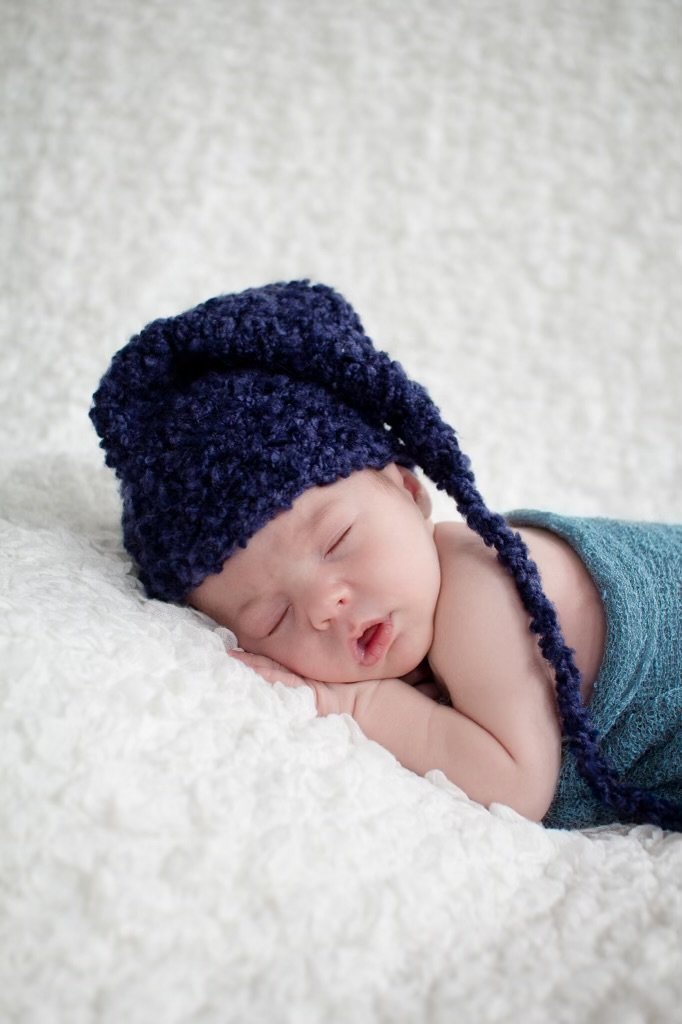If your baby bursts into tears the moment you step away, you’re likely in the throes of separation anxiety. It is a perfectly normal developmental phase however, it can nevertheless test even the most patient parent’s resolve. While we can’t eliminate separation anxiety (nor would we want to, as it’s an important part of your baby’s emotional development), we can implement strategies to make it more manageable for both of you.
1. Perfect Your Goodbye Routine
The Don’t-Sneak-Out Rule: It might seem easier to slip away while your baby is distracted, but this approach can backfire dramatically. While this is a common approach, when babies regularly experience people disappearing without warning, their anxiety can actually increase. Instead:
- Create a consistent, brief goodbye ritual
- Speak confidently (babies pick up on your emotional cues)
- Focus on the reunion: “I’ll be back after your nap to play outside!”
- For older toddlers, set up a special activity to look forward to upon your return – focus on the next connection versus the separation.
By consistently saying goodbye and then reliably returning, you’re teaching your baby that separations are safe and temporary.
2. Practice Separations Strategically
Separation skills, like any skills, improve with practice. Create opportunities for brief, positive separations:
- Start with another trusted caregiver taking your baby to another room while you stay home
- Progress to short absences (10-15 minutes) where you leave the house
- Gradually extend separation times as your baby becomes more comfortable
These “separation practice sessions” work best when your baby is well-rested, recently fed, and not already dealing with other stressors.
3. Introduce a Transitional Object
A “lovey” can provide tremendous comfort during separations by creating a tangible connection to you when you’re not physically present. To maximize effectiveness:
- Choose something soft and safe for sleep (after 12 months)
- Sleep with it yourself for a few nights so it carries your scent
- Place it between you during feeding or cuddle times
- Make it a consistent part of your goodbye routine
- Consider having duplicates
For babies under 12 months who can’t safely have sleep objects, use the lovey during supervised awake times only, gradually building positive associations.
4. Prepare for Transitions with Age-Appropriate Communication
Even very young babies benefit from being prepared for upcoming separations:
- For babies (6-12 months): Use simple language and a calm voice to explain what’s happening shortly before you leave
- For toddlers (12+ months): Provide more detail about where you’re going, who they’ll be with, and when you’ll return (“after nap time” or “after lunch”)
- Use concrete time markers they understand rather than clock times
While young babies won’t understand every word, your consistent communication builds predictability and trust.
5. Build Your Village Proactively
One of the most challenging aspects of separation anxiety is when babies will only accept comfort from one caregiver. To avoid burnout:
- Regularly involve other trusted adults in your baby’s routine before separation anxiety peaks
- Have other caregivers participate in enjoyable activities with your baby while you’re present
- Gradually step back during these interactions, allowing the relationship to strengthen
- Create opportunities for other caregivers to develop their own unique rituals with your baby
This approach helps your baby develop confidence with multiple trusted adults, giving you much-needed breaks when separation anxiety intensifies.
6. Practice Essential Self-Care and Set Reasonable Limits
During peak separation anxiety phases, your own needs still matter. In fact, taking care of yourself sets a crucial example for your child:
- Communicate clearly when you need space: “I need to take a shower now. You can play with your toys next to the bathroom door where you can see me.”
- Use baby-safe spaces (playpens, high chairs with toys) for brief self-care moments
- Acknowledge your baby’s feelings: “I hear that you’re upset. I understand you want me to hold you right now.”
- Remember that meeting your basic needs isn’t selfish—it’s necessary
By modeling healthy boundaries while remaining responsive, you’re teaching valuable emotional lessons.
Remember that separation anxiety, while challenging, signals a strong, healthy attachment between you and your baby. With consistency, patience, and these practical strategies, you’ll both navigate this important developmental phase while preserving your relationship and your sanity.

